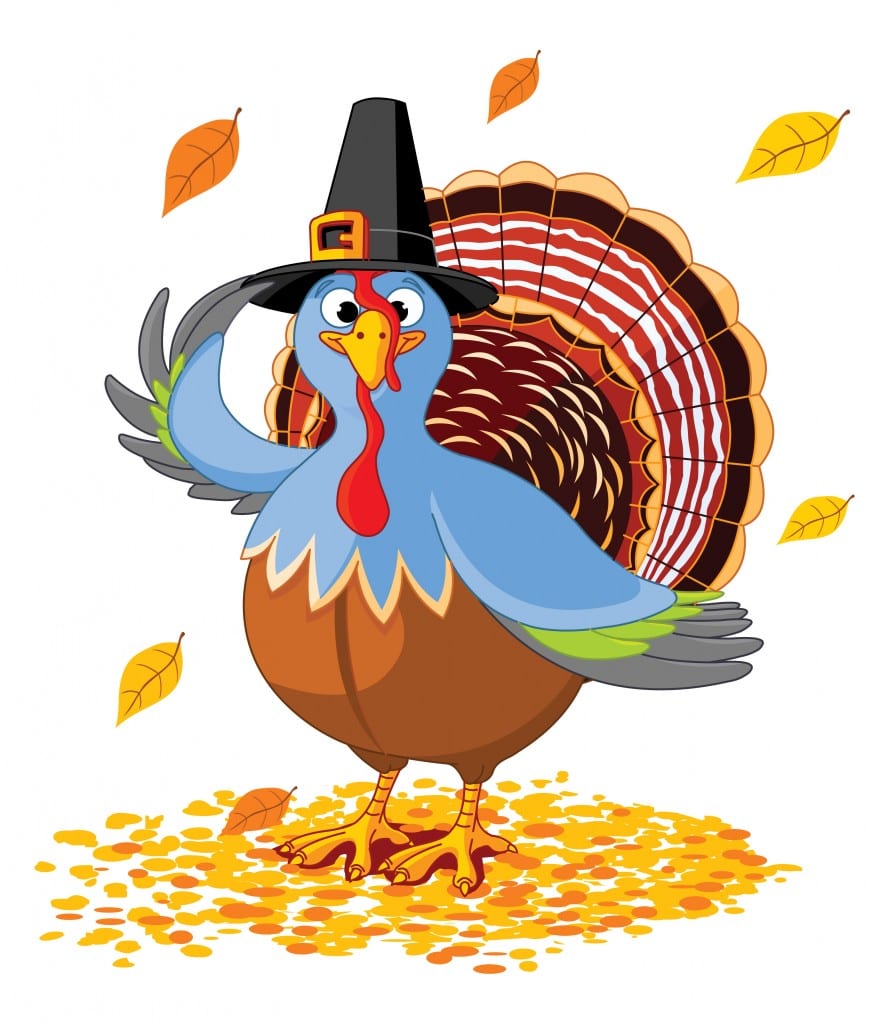 Our neighbor, the Peacock Family Center has given us permission to repost a Thanksgiving message written by one of their teachers. Peacock provides family support and services for the greater Bainbridge Community. When we read this post in their monthly newsletter, we were struck by the wonderful reminder of gratitude. So often in our busy lives we forget to stop and simply be grateful for the many gifts that we experience every day. We share this gift with you in hopes that you too will find the time to pause and reflect on friendship, community and the simple things that add joy to your life every day.
Our neighbor, the Peacock Family Center has given us permission to repost a Thanksgiving message written by one of their teachers. Peacock provides family support and services for the greater Bainbridge Community. When we read this post in their monthly newsletter, we were struck by the wonderful reminder of gratitude. So often in our busy lives we forget to stop and simply be grateful for the many gifts that we experience every day. We share this gift with you in hopes that you too will find the time to pause and reflect on friendship, community and the simple things that add joy to your life every day.
Happy Thanksgiving, from the Grow Team!
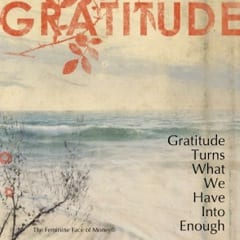 November can be a time for quiet introspection in the form of gratitude and thankfulness, a time to look at what is around us and really appreciate the bountifulness of our lives and those whom we love. We all impact each other each and every day, and it is a good time of the year to reflect on this, and the gratitude that we have towards what is so fortunate in our lives.
November can be a time for quiet introspection in the form of gratitude and thankfulness, a time to look at what is around us and really appreciate the bountifulness of our lives and those whom we love. We all impact each other each and every day, and it is a good time of the year to reflect on this, and the gratitude that we have towards what is so fortunate in our lives.
At Peacock, we are always mindful of how we are thankful towards each other. It is a place of giving and nurturing and appreciating each other for this, a love that is ever-present from day to day. We add this piece to the holiday of Thanksgiving, and the result is a celebration of this sense of gratitude, for celebrations are necessary in our lives, marking milestones and happy occasions. It is good to step back from the stress that can sometimes filter into our lives in order to appreciate life’s simple gifts as we pause for a moment and give thanks to those around us who have shown us love and care. It is a universal celebration of gratitude.

Yet, one must also be mindful that Thanksgiving, while it is widely celebrated by many in the United States and Canada, including by new immigrants, it is not a holiday that is embraced by all. The story and traditions of Thanksgiving reflect the perspective of the European colonists, not the indigenous people who had already been living on the continent for many thousands of years. While Thanksgiving honors the struggle of a group who immigrated in search of a better life and religious freedom, it does not recognize what the cost was to the Native Americans they displaced.
So, how do you “celebrate” Thanksgiving in a mindful way, and how do you introduce young children to concepts of Thanksgiving without instilling prejudicial attitudes? I like to look at it as a moment in history when two groups of people who didn’t know each other sat down and shared food they had prepared. In sharing there is a peaceful quality, a way to bridge a gap between people who don’t know each other very well. I like to talk of the Native Americans in a contemporary, non-stereotypical way, and I like to talk of the Pilgrims as newcomers who needed to learn the ways of the people who had lived there for years and years and years, people who knew important things that the Pilgrims needed to learn in order to live here. Young children can relate to the kindness one shares with people they do not know, and how to learn about how to get along in a respectful framework.
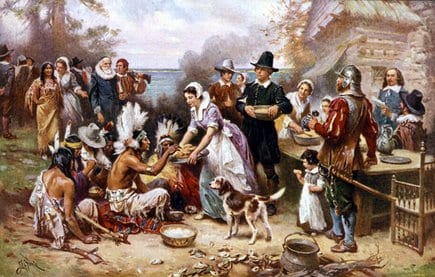 So, in 1621, when these so-called pilgrims sat down at the table with the Wampanoag at Plymouth Colony, very important things happened besides just eating. It was the background for cultural exchange, for friendship building that crossed over differences, a vital concept that we are still working on in our culture to this day.
So, in 1621, when these so-called pilgrims sat down at the table with the Wampanoag at Plymouth Colony, very important things happened besides just eating. It was the background for cultural exchange, for friendship building that crossed over differences, a vital concept that we are still working on in our culture to this day.
Edward Winslow, an English leader who attended this feast in 1621 wrote a letter home to a friend describing this first Thanksgiving: “Our harvest being gotten in, our governor sent four men on fowling, that so we might after a special manner rejoice together after we had gathered the fruit of our labors. They four in one day killed as much fowl as, with the help beside, served the company almost a week. At which time..many of the Indians coming amongst us, and among the rest their greatest king Massasoit, with some ninety men, whom for three days we entertained and feasted, and they went out and killed five deer, which they brought to the plantation and bestowed on our governor, and upon the captain and others.”
Besides venison, what did they eat on that First Thanksgiving? Wild turkeys, Indian corn, goose and duck, eels and shellfish, chestnuts, walnuts, and beechnuts, beans, all kinds of squash and pumpkins, and all kinds of root vegetables. In short, for three days they feasted on food that they had harvested and hunted and carefully prepared, food that would connect two cultures and would create friendships.

Heidi Harrison, Program Supervisor. Heidi works in all of the classrooms at the Peacock Family Center, mentoring, assisting and guiding teachers in their work, supporting families, designing curriculum and arranging for field trips and community immersion. With a passion for teaching of the highest quality, a bright laugh and smile and a depth of knowledge of all things developmental, Heidi happily leads our teachers and children on their growth path.
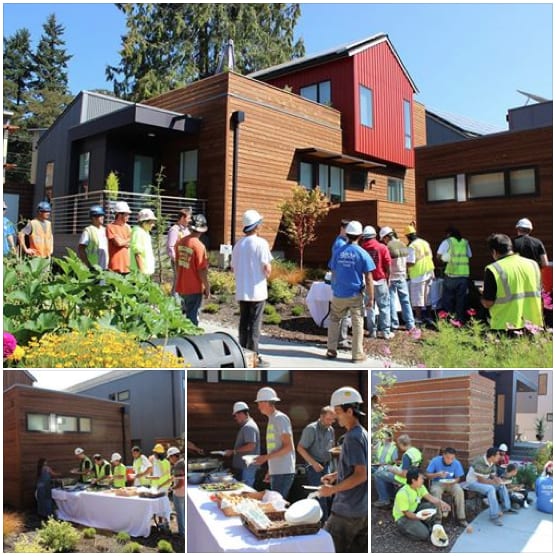
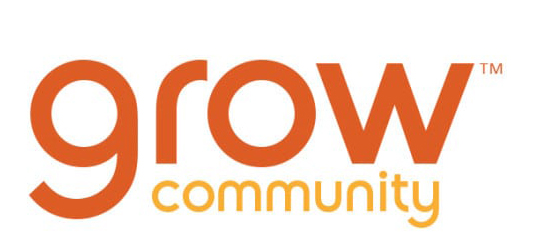
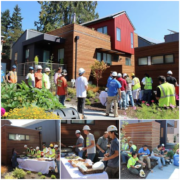


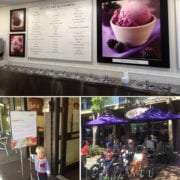
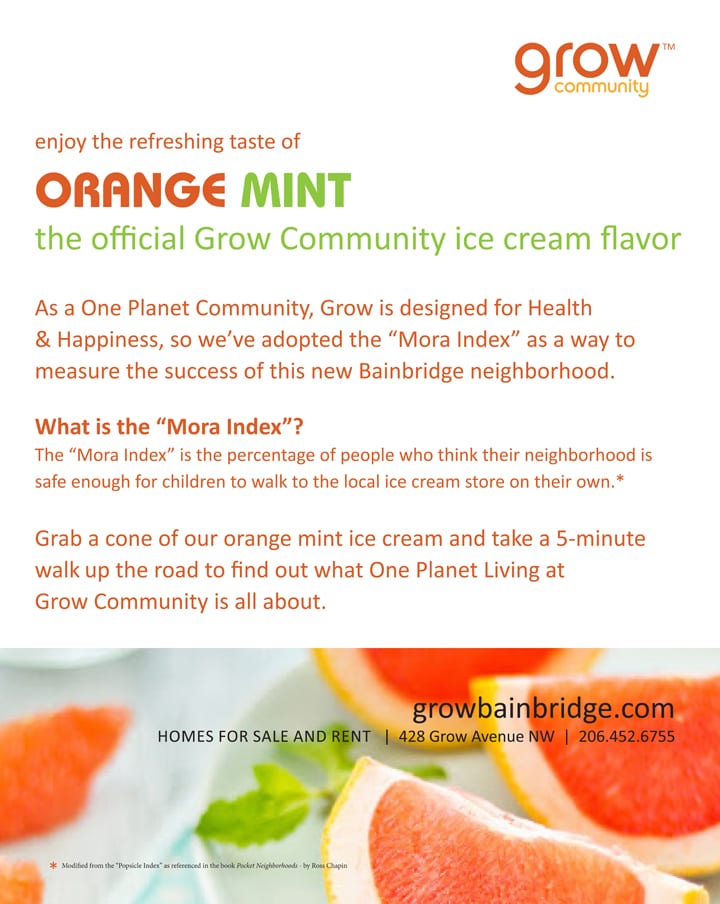

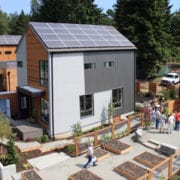
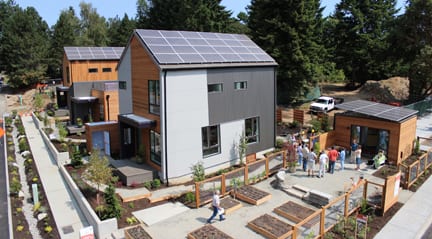
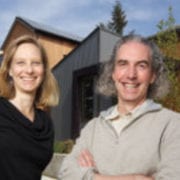
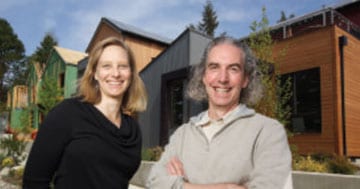

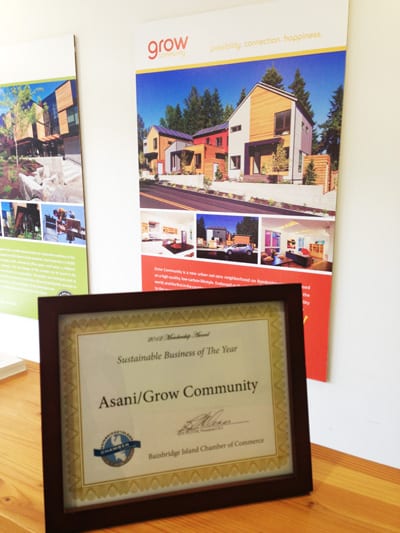

 We, the Grow Team would like to wish you all a wonderful holiday season! As the days get colder and the holidays are upon us we would like to take a moment to reflect on the past year. In 2012 we opened our first three model homes to the community for tours and are now underway with construction of the next 20 homes and 20 rentals that will make up the first phase of Grow Community. After the New Year the first residents will be moving in and calling Grow home. The Grow Team has been working behind the scenes on this project for over two years now and it is wonderful to finally see the community begin to come together.
We, the Grow Team would like to wish you all a wonderful holiday season! As the days get colder and the holidays are upon us we would like to take a moment to reflect on the past year. In 2012 we opened our first three model homes to the community for tours and are now underway with construction of the next 20 homes and 20 rentals that will make up the first phase of Grow Community. After the New Year the first residents will be moving in and calling Grow home. The Grow Team has been working behind the scenes on this project for over two years now and it is wonderful to finally see the community begin to come together.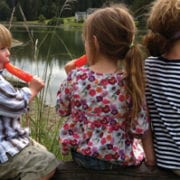
 The following is part of our Five Minute Lifestyle series. Living at Grow Community makes getting out your car easy with all of your local amenities and transportation needs met within a quick 5 minute walk or bike ride away. Our Five Minute Lifestyle posts are dedicated to spotlighting nearby local businesses, transportation options for residents, community resources and the spectacular local attractions of Bainbridge Island and our surrounding community.
The following is part of our Five Minute Lifestyle series. Living at Grow Community makes getting out your car easy with all of your local amenities and transportation needs met within a quick 5 minute walk or bike ride away. Our Five Minute Lifestyle posts are dedicated to spotlighting nearby local businesses, transportation options for residents, community resources and the spectacular local attractions of Bainbridge Island and our surrounding community.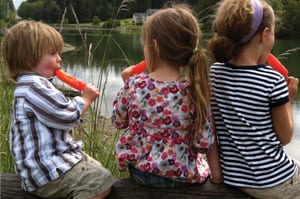 As a 12-year-old, I remember well the territory I was comfortable exploring on my bike with friends and siblings. We could ride on a dirt path from the residential road through an empty lot to the usually vacant parking lot behind Safeway. The empty lot had little hills that helped us hone our bike handling skills. And the Safeway store offered us refunds for empty bottles and plenty of ways to spend the new cash.
As a 12-year-old, I remember well the territory I was comfortable exploring on my bike with friends and siblings. We could ride on a dirt path from the residential road through an empty lot to the usually vacant parking lot behind Safeway. The empty lot had little hills that helped us hone our bike handling skills. And the Safeway store offered us refunds for empty bottles and plenty of ways to spend the new cash. Going somewhere and buying something… that is what grown-ups do. So isn’t it the Holy Grail of freedom for a kid to be able to get somewhere by themselves and purchase something of high kid-value? How many parents with school-aged children in your neighborhood would think it safe to send their kids to the grocery store alone? Architect Ross Chapin is an advocate of small scale communities. In his book “Pocket Neighborhoods”, Chapin describes what he calls the “Popsicle Index” – the percentage of people who think it is safe to let their kid walk to a store and buy a Popsicle without adult supervision.
Going somewhere and buying something… that is what grown-ups do. So isn’t it the Holy Grail of freedom for a kid to be able to get somewhere by themselves and purchase something of high kid-value? How many parents with school-aged children in your neighborhood would think it safe to send their kids to the grocery store alone? Architect Ross Chapin is an advocate of small scale communities. In his book “Pocket Neighborhoods”, Chapin describes what he calls the “Popsicle Index” – the percentage of people who think it is safe to let their kid walk to a store and buy a Popsicle without adult supervision.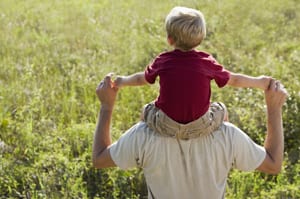 heck out ‘5 Minute Neighborhood for Kids’ also written by Leslie Schneider
heck out ‘5 Minute Neighborhood for Kids’ also written by Leslie Schneider
 I believe that the network of community Gardens built into the overall design of the Grow Community is the key piece that can make this innovative concept work. Community gardens/farms take teamwork and community involvement to run. They will serve to connect neighbors in Grow with each other, and with the surrounding community.
I believe that the network of community Gardens built into the overall design of the Grow Community is the key piece that can make this innovative concept work. Community gardens/farms take teamwork and community involvement to run. They will serve to connect neighbors in Grow with each other, and with the surrounding community.

 Our neighbor, the
Our neighbor, the  November can be a time for quiet introspection in the form of gratitude and thankfulness, a time to look at what is around us and really appreciate the bountifulness of our lives and those whom we love. We all impact each other each and every day, and it is a good time of the year to reflect on this, and the gratitude that we have towards what is so fortunate in our lives.
November can be a time for quiet introspection in the form of gratitude and thankfulness, a time to look at what is around us and really appreciate the bountifulness of our lives and those whom we love. We all impact each other each and every day, and it is a good time of the year to reflect on this, and the gratitude that we have towards what is so fortunate in our lives. So, in 1621, when these so-called pilgrims sat down at the table with the Wampanoag at Plymouth Colony, very important things happened besides just eating. It was the background for cultural exchange, for friendship building that crossed over differences, a vital concept that we are still working on in our culture to this day.
So, in 1621, when these so-called pilgrims sat down at the table with the Wampanoag at Plymouth Colony, very important things happened besides just eating. It was the background for cultural exchange, for friendship building that crossed over differences, a vital concept that we are still working on in our culture to this day.